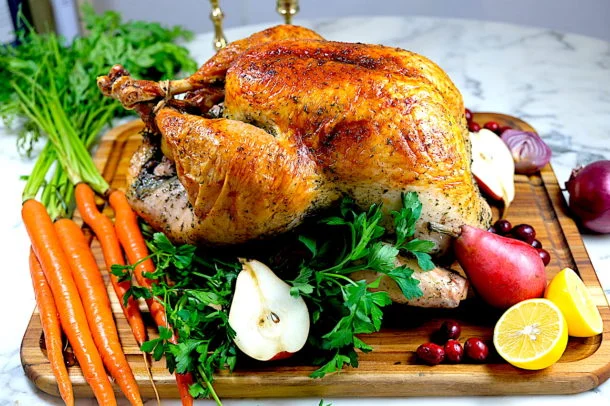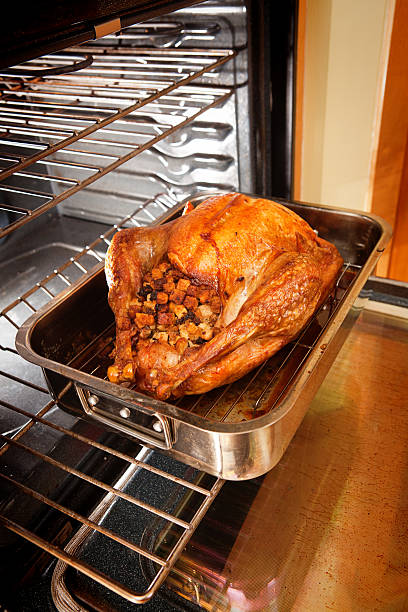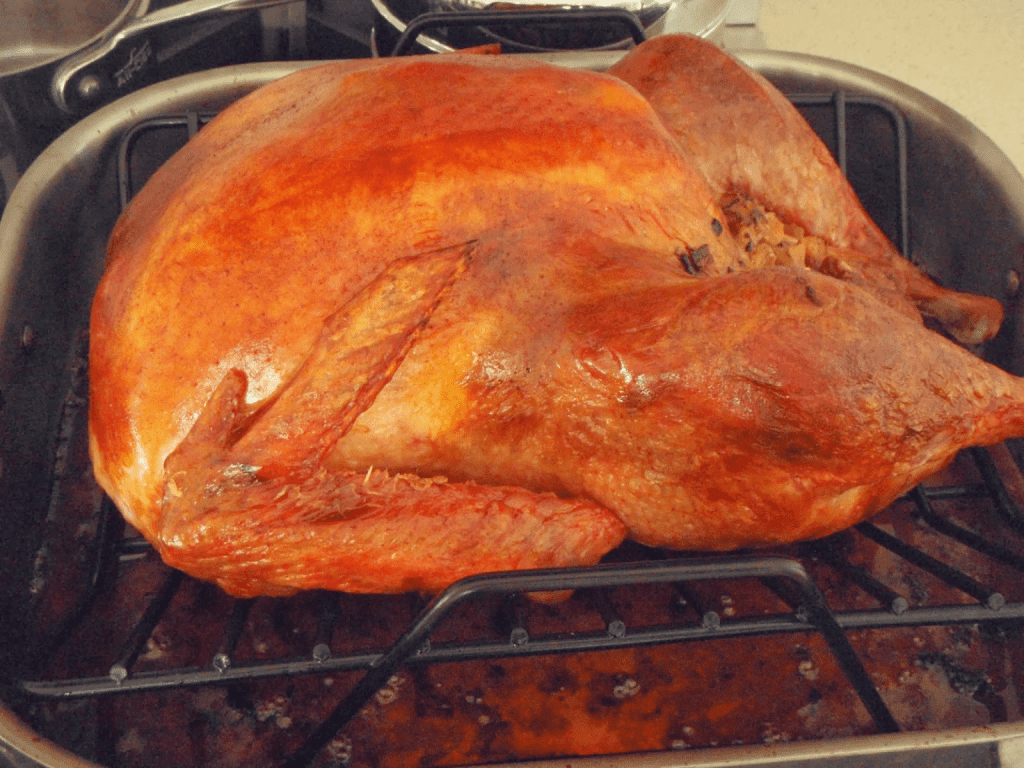When it comes to roasting turkey, everyone seems to have their own tricks and secrets. Your mother-in-law insists on adding water to the roasting pan, but you’ve never done it that way. So, what’s the right move? Does adding water really make a difference, or is it just a matter of tradition? Let’s break it down and help you decide the best way to roast a juicy, flavorful turkey for your next holiday feast.

Traditional Turkey Roasting Methods
The classic approach to roasting a turkey is fairly straightforward. You start by placing the seasoned turkey in a preheated oven, often using a roasting rack to elevate the bird. Traditionally, the turkey is basted with its own juices or a mixture of herbs and butter, but no additional liquid is added to the pan. The goal here is to let the turkey roast in dry heat, allowing the skin to crisp up while the meat cooks through.
The Debate: To Add Water or Not?
Adding water to the roasting pan is one of those kitchen debates that sparks strong opinions. On one side, proponents argue that water in the pan creates a moist cooking environment, helping prevent the turkey from drying out. On the other side, purists argue that adding water dilutes the drippings, compromises flavor, and leads to soggier skin.
So, what’s the best approach? The answer depends on your priorities—do you want moist meat, crispy skin, or a balance of both? Let’s weigh the pros and cons.
Pros of Adding Water to the Roasting Pan
Adding water can have its benefits, especially if you’re concerned about the turkey drying out. Here’s how water can help:
- Moist Cooking Environment: The added water generates steam, which keeps the turkey from becoming too dry, especially during the early stages of cooking.
- Prevents Burning: Water in the pan can prevent any drippings from burning, ensuring that you have rich, flavorful juices for making gravy later.
- Gentle Roasting: The moisture from the water can lead to a gentler cooking process, potentially resulting in juicier meat, particularly for the breast, which is prone to drying out.
Cons of Adding Water to the Roasting Pan
While adding water can help with moisture, there are some drawbacks to consider:
- Less Crispy Skin: One of the biggest downsides of adding water is that it prevents the skin from crisping up as effectively. The steam keeps the skin soft, which can be disappointing if you’re aiming for that golden, crispy finish.
- Diluted Drippings: Adding water means the drippings will be more diluted, which can impact the flavor of your gravy. If you’re a gravy lover, this could be a dealbreaker.
- Longer Cooking Time: The moist environment created by the added water can slow down the cooking process slightly, leading to longer roasting times.

Advice from Experienced Cooks
If you’re unsure whether to add water, consider this advice from experienced cooks:
- Try Both Methods: If you’re feeling adventurous, try roasting with water one year and without the next. Compare the results and decide which approach gives you the flavor and texture you prefer.
- Compromise with a Little Water: Some cooks start with a small amount of water in the pan for the first hour, then let it evaporate for the remainder of the cooking time. This method offers a balance, keeping the meat moist initially while allowing the skin to crisp up later.
- Frequent Basting: If you skip the water, consider basting the turkey frequently with its own juices or a butter mixture. Basting helps maintain moisture while allowing for crisp skin.
How Family Traditions Influence Roasting Techniques
Family traditions often shape how we cook, and roasting a turkey is no exception. Your mother-in-law might insist on adding water because that’s how her family has always done it, while your side might swear by the dry roasting method. The best way forward? Respect the traditions while staying open to new techniques. You might even find a blend of both approaches that creates the perfect turkey for your family’s tastes.

Expert Tips for the Juiciest, Most Flavorful Turkey
Regardless of whether you add water, there are several tips that can help you achieve a delicious roast turkey:
- Brine or Marinate: Soaking the turkey in a brine or marinating it overnight helps retain moisture and infuses flavor, ensuring the meat stays juicy.
- Use Aromatics: Stuff the cavity with aromatic herbs, garlic, onions, and citrus fruits. This not only adds flavor but also helps create a moist environment inside the turkey.
- Baste Regularly: If you’re aiming for a golden, crispy skin, baste the turkey regularly with its own juices or melted butter. Basting helps maintain moisture without the need for added water in the pan.
- Monitor Internal Temperature: Use a meat thermometer to check the internal temperature of the turkey. This ensures you don’t overcook or undercook it. Aim for an internal temperature of 165°F in the thickest part of the bird.

Conclusion: Find Your Perfect Turkey Roasting Method
At the end of the day, there’s no one-size-fits-all approach to roasting a turkey. Whether you decide to add water or not depends on your preference for moisture versus crispiness. Your mother-in-law’s method may yield a tender, juicy bird, while your traditional method might offer a more intense flavor and crispy skin. The best advice? Don’t be afraid to experiment! By trying different techniques, you’ll discover the method that works best for you, your family, and your taste buds.


